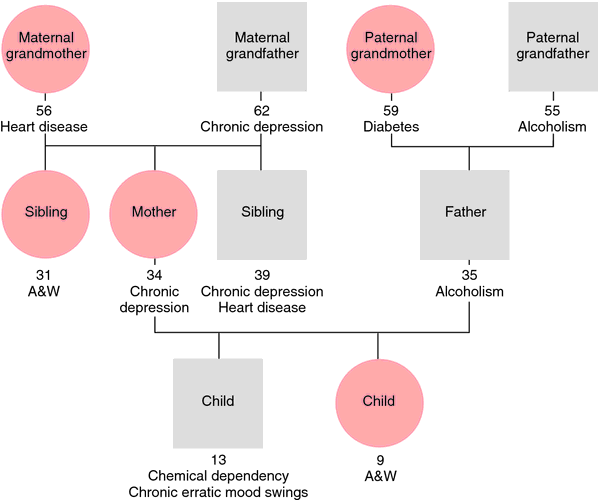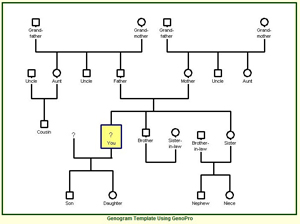

Family history is also genetic history and helps you visualize inherited physical strengths and weaknesses. Sometimes the data you get is extremely useful for doctors. But you can use that information in many different ways. The first thing to do is determine what the purpose of the genogram will be. Of course, they all have to do with information about a person’s family history and family environment. Recollection of basic information about a person’s family.You make a genogram in three basic steps: They’re also valuable tools for increasing your self-knowledge. In many cases, it helps you come to a theory about the root causes of certain problems. It could be about personality, emotional management, etc. It’s particularly useful for finding patterns: genetic issues, inter- or intragenerational problems, and environment-based behavioral patterns.Ī genogram helps you quickly visualize the way your family structure looks. This information is useful when it comes to a medical treatment and education.īut anyone can make their own genogram to get to know themselves better. We use it to gather and organize information about a person’s immediate environment. You are a leaf that doesn’t know it is part of a tree.” EO # 102, which redirects the functions and operations of DOH, was signed by former President Joseph Estrada.“ If you don’t know history, then you don’t know anything.Nelia Hizon was positioned as the nursing adviser at the Office of Public Health Services through Department Order # 29.

#Genogram health history code

RA 1891 amended some sections of RA 1082 and created the eight categories of rural health unit causing an increase in the demand for the community health personnel.The first 81 rural health units were organized.Rural Health Demonstration and Training Center was created.Ramos, and Zenaida Nisce composed the training staff. Trinidad Gomez, Marcela Gabatin, Costancia Tuazon, Ms. First training center of the Bureau of Health was organized by the Pasay City Health Department.Number of nurses decreased from 556 – 308.Eusebio Aguilar helped in the release of 31 Filipino nurses in Bilibid Prison as prisoners of war by the Japanese.



 0 kommentar(er)
0 kommentar(er)
